The history of urban development in Pittsburgh, Pennsylvania, is a fascinating journey that reflects the city’s evolution from a small frontier outpost to a major industrial hub, followed by a period of economic decline and subsequent revitalization. Here is an overview of key phases in Pittsburgh’s urban development:
- Early Settlement and Fort Duquesne (18th Century):
- Pittsburgh’s history dates back to the mid-18th century when it was a strategic location during the French and Indian War. Fort Duquesne, built by the French in 1754, was a key military post in the region.
- After the British took control in 1758, Fort Duquesne was renamed Fort Pitt in honor of British statesman William Pitt the Elder.
- Industrialization and the Steel Era (19th Century):
- The 19th century saw Pittsburgh’s transformation into an industrial powerhouse, earning it the nickname “Steel City.” The abundance of natural resources like coal and iron ore, along with the development of new manufacturing technologies, fueled rapid industrialization.
- The city became a center for steel production, attracting immigrants seeking employment in the burgeoning mills and factories.
- Immigration and Neighborhood Development:
- Pittsburgh’s population swelled with immigrants, particularly from Eastern Europe, as they sought job opportunities in the steel industry. Distinct neighborhoods emerged, each with its unique cultural identity.
- The Hill District became a notable African American community, contributing significantly to the city’s vibrant cultural scene.
- Post-Industrial Decline (20th Century):
- In the latter half of the 20th century, the American steel industry faced a decline due to global economic shifts. Pittsburgh’s economy suffered, leading to job losses and population decline.
- The city’s industrial landscape changed, with many steel mills closing down. This period marked a challenging time for Pittsburgh, as it struggled to redefine its identity beyond steel.
- Renaissance I and Environmental Transformation (1950s-1970s):
- To counter the economic decline and address environmental issues, Pittsburgh underwent a period known as “Renaissance I.” This era saw efforts to clean up the air and rivers, and the development of cultural and educational institutions.
- The construction of Point State Park, the Gateway Center business district, and the redevelopment of the North Shore were key components of this revitalization effort.
- Renaissance II and Tech Revitalization (Late 20th Century – Present):
- In the late 20th century and continuing into the 21st century, Pittsburgh experienced a second Renaissance, marked by a shift towards technology, healthcare, and education.
- The presence of renowned universities, such as Carnegie Mellon University and the University of Pittsburgh, contributed to the growth of a knowledge-based economy. The city became a hub for technology and robotics.
- Neighborhood Revitalization and Cultural Resurgence:
- Many historic neighborhoods, such as Lawrenceville and East Liberty, have undergone revitalization, attracting young professionals and artists.
- Pittsburgh’s cultural scene has flourished with the development of theaters, galleries, and the transformation of former industrial spaces into cultural venues.
- Modern Urban Planning and Sustainability:
- Recent urban development initiatives focus on sustainability, green spaces, and mixed-use developments. The city has invested in bike infrastructure, public transit, and riverfront parks.
Pittsburgh’s urban development has been shaped by its industrial past, economic challenges, and a commitment to reinvention. The city’s ability to adapt to changing economic landscapes and embrace innovation has positioned it as a dynamic and evolving urban center.

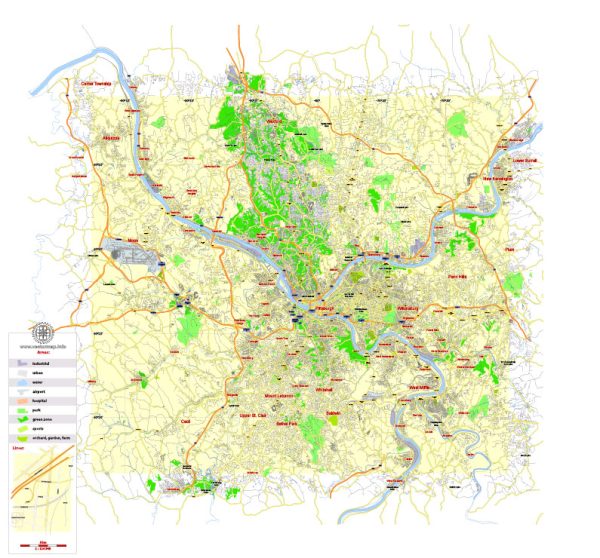
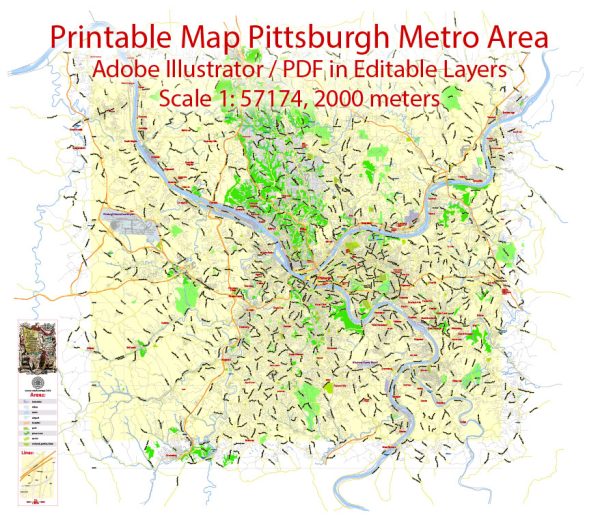
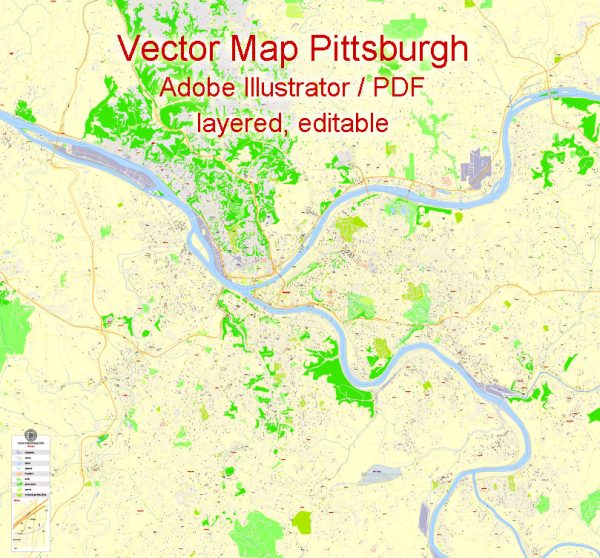
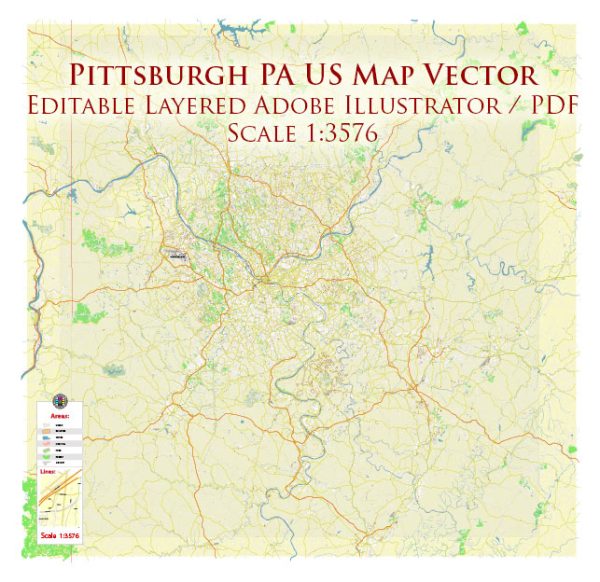
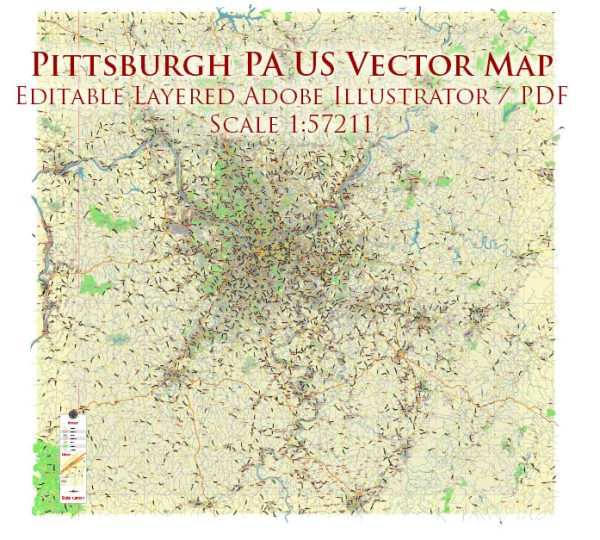
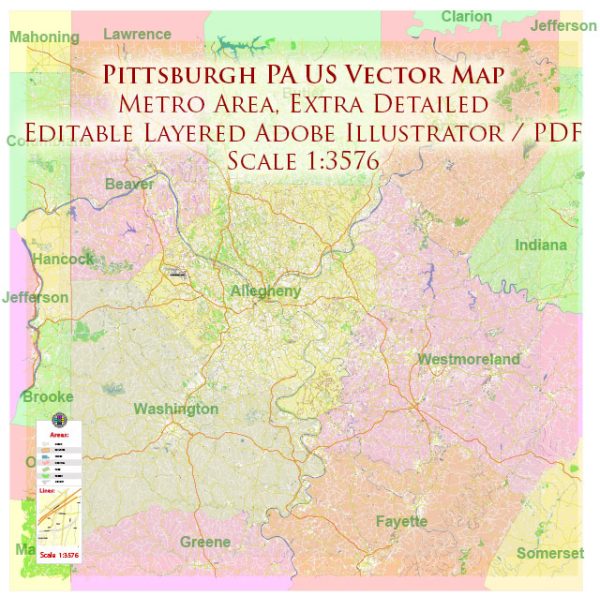
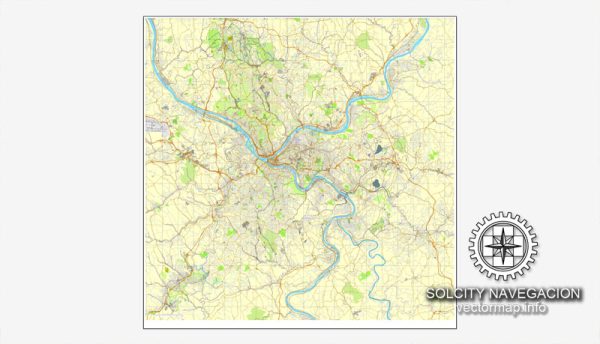
 Author: Kirill Shrayber, Ph.D.
Author: Kirill Shrayber, Ph.D.